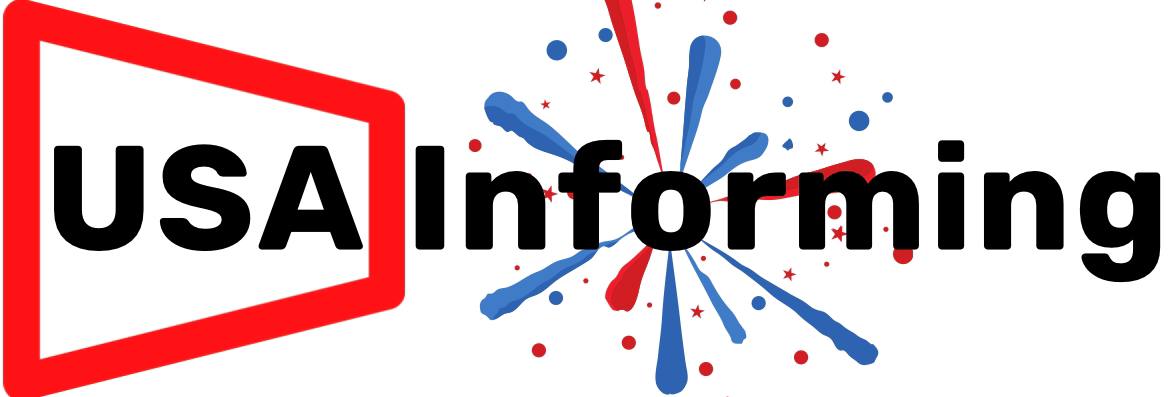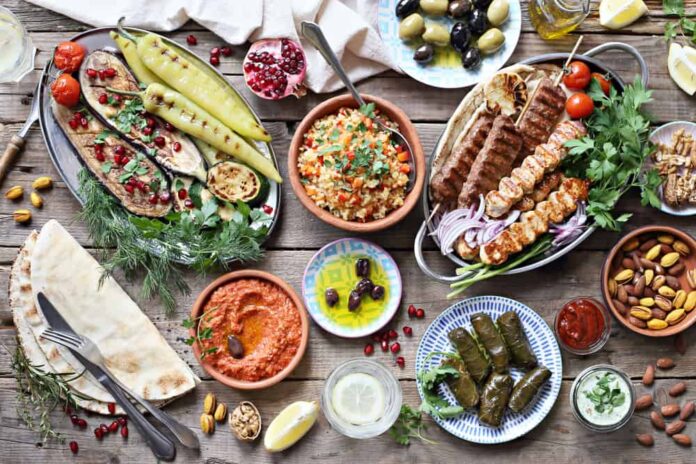The Mediterranean diet is considered one of the healthiest diets one can have.
If you’ve been trying out the Mediterranean diet for yourself, then you may have noticed that it isn’t the cheapest option.
You may wonder what makes the Mediterranean diet so expensive.
Why Is Mediterranean Food So Expensive? (10 Reasons)

It costs, on average, $16 each day to eat a Mediterranean diet.
The Mediterranean diet is expensive because of its focus on local food, the heavy use of olive oil, the fresh produce required, and the fact that many foods are seasonal and have seasonal prices.
Let’s look at these factors in more detail.
1. Focused On Local Produce

One of the tenets of a Mediterranean diet is that the food needs to be fresh.
It doesn’t technically have to be local, but the freshest food tends to come from local sources.
The problem with fresh, local food is that it’s also quite expensive.
Fresh food is expensive because it doesn’t stay fresh long.
Canned food tends to be cheaper since it lasts longer.
However, it isn’t fresh.
Produce from local farmers can also sometimes be more expensive because they may not grow produce on the same scale that commercial farmers do.
They have to make a lot of money with the few products that they’re able to bring to the market.
As such, they put a higher price on them.
The location of your grocery store might also influence your produce section and its prices.
If you live far from any farms, then you’re likely going to face higher prices than someone who lives in an area surrounded by farms.
Fresh food doesn’t last long either, so you have to keep buying it each week.
You can’t store for it long periods.
As a result, it makes the Mediterranean diet more expensive.
Mediterranean food is expensive because it needs to be fresh and preferably local.
2. Olive Oil Costs

One of the staple ingredients of Mediterranean food is olive oil.
Olive oil isn’t always that cheap either.
It takes a ton of olives to make olive oil.
Olives also only grow in certain areas.
Its exclusivity and expensive production process make it an expensive ingredient.
When it comes to Mediterranean food, olive oil is king.
It’s primarily used to cook the other ingredients in or add a bit of flavoring to the overall meal.
While there are cheaper versions of olive oil available, if you want to eat real Mediterranean food, then you’re going to want to use mid-to-high-quality oil.
It’s richer, cleaner, and usually healthier.
Depending on what olive oil you use, the bulk of your money might go towards it rather you’re your other ingredients.
The problem with olive oil is that since you tend to use it to cook, it doesn’t last very long.
As such, if you’re using expensive olive oil, then you’re going to have to keep buying that expensive oil.
Mediterranean food is expensive because olive oil is expensive.
3. Herbs And Spices Replace Salt

When it comes to Mediterranean food, one of the most important parts of it is the seasoning.
Mediterranean food is considered quite flavorful due to its use of herbs and spices to season food.
Other diets rely on staples like salt and pepper.
While salt and pepper do bring some flavor to food, they are a bit dull compared to herbs and spices.
However, the benefit of using salt and pepper is that they’re cheaper.
Herbs and spices tend to be on the more expensive side since they often come from more expensive plants.
Some people might also use whole garlic cloves or onions to season their dishes.
They’re not using the vegetable as an ingredient in the meal, exactly, but rather they’re using it as a seasoning.
It’s more expensive since you’re using garlic or onion just to season the meal.
You can buy salt and pepper in large quantities and store them practically forever.
Herbs and spices don’t always last as long.
You have to keep replenishing your stock with each use.
There are also some spices that are inherently more expensive.
They might be rarer or more difficult to grow and process.
Whatever the reason, they tend to come at higher prices than salt or pepper.
Mediterranean food is expensive because it uses herbs and spices that tend to lean toward the expensive side.
4. Vegetable Costs

Typically, Mediterranean dishes include many vegetables.
One could call the Mediterranean diet “vegan” if it weren’t for the occasional slice of meat.
However, vegetables are always the star of the plate.
Some of the vegetables that might make up a Mediterranean diet include:
- tomatoes
- broccoli
- kale
- spinach
- onions
- cauliflower
- carrots
- Brussel sprouts
- potatoes
- Cucumbers
- Turnips
- Sweet potatoes
Legumes are also a large part of the Mediterranean diet.
Some legumes include:
- Peas
- lenses
- peanuts
- chick peas
- beans
The problem with vegetables is that they can be very expensive when certain conditions aid in their growth.
For example, when drought occurs in certain places, it might make it impossible for farmers to grow their vegetables.
A shortage of that vegetable occurs which impacts its price.
When certain costs are high, like fertilizer costs, then farmers have to sell their vegetables at higher prices to make up for these costs.
Certain situations can make buying vegetables expensive.
As a result, you have to spend more on Mediterranean food.
Mediterranean food is expensive because vegetable prices can sometimes be quite volatile.
5. Seafood Costs

Seafood is another part of Mediterranean food.
Since Mediterranean countries are near the Mediterranean Sea, it only makes sense that seafood is a part of the diet.
The problem with seafood is that it can also be quite expensive.
Some types of seafood that are usually part of a Mediterranean diet include:
- Salmon
- sardines
- Trout
- tuna
- mackerel
- Shrimp
- oysters
- Clams
- crab
- mussels
Some species of fish are threatened species.
Overfishing the ocean has endangered some species.
As such, fisheries have tried to become more sustainable.
They only catch a set number of fish each season.
While this can help replenish fish populations, it also means that fish prices are higher.
There’s a shortage of fish compared to what the supply used to be.
Since the demand for fish is also high, the price increases.
If you buy fish from someone who works with a sustainable supplier, then you’re going to face expensive prices.
Another big factor that plays into the price of fish is how far you are from the fish’s source.
If the fish had to travel a long way to get to your plate, then it’s going to be expensive as well.
Mediterranean food is expensive because seafood is often expensive.
6. Limited Meat Choices And Consumption

While the Mediterranean diet doesn’t exclude meat, it does suggest limiting your intake.
In particular, it suggests that you regularly avoid red meat.
Some people also choose to stay away from pork for religious reasons.
As such, the most accepted meat in Mediterranean food is poultry.
Certain types of poultry include:
Poultry is prized because it’s leaner than red meat.
That said, you should eat poultry sparingly.
The Mediterranean diet is primarily focused on vegetables over meat.
Poultry is a bit cheaper than beef, but it can still be quite expensive.
Turkey, for example, is often expensive because the bird is larger and heavier.
You’re buying more meat.
Duck is often seen as a delicacy.
It is pricey as a result.
The type of farm you buy from can also make your meat expensive.
Organic farms, for example, are going to have more expensive meat products.
Farms that use humane and sustainable methods for raising poultry are also going to be on the expensive side.
Since the Mediterranean diet is all about cleaner food, you’ll be looking at buying the more expensive types of meat.
Mediterranean food is expensive because poultry prices can sometimes be quite high.
7. Whole Grain Costs

You can’t have just any type of bread when you eat Mediterranean food.
You need to focus on whole grains if you want to eat a Mediterranean diet.
Whole grains make a healthier type of bread.
It doesn’t contain any fillers or sugar.
You’re getting a clean version of bread.
It also usually contains more nutrients than white bread.
Bread isn’t the only type of whole grain that should be on your plate.
Some other whole-grain options include:
- oaths
- rye
- brown rice
- buckwheat
- Corn
- Barley
- whole wheat bread
- Pasta
The reason whole grain foods tend to be on the more expensive side is that grains are often a bit more expensive to farm.
Processing costs are a bit higher than they are for other ingredients.
Since whole grains have a reputation for being healthier than other types of grains, suppliers can put a slightly more expensive price tag on them.
Whole grains don’t always last long either.
Mold tends to like whole grains.
As such, you might find yourself having to buy certain ingredients more often because they get moldy quickly.
Mediterranean food is expensive because whole grains tend to come at higher prices than other types of grains.
8. Seasonal Availability And Costs

Since Mediterranean food is primarily focused on vegetables, one of the problems you’ll face is seasonal availability.
If you’re buying local, then you’ll discover that the vegetables you want to buy aren’t always available.
They may grow seasonally.
Instead, you have to rely on imported food.
Imported food tends to be more expensive because it’s imported from another country.
You can save a good amount of money when food is in season locally, but when its season passes, your vegetable costs are going to be even higher.
Mediterranean food is expensive because many of the vegetables needed in the dishes are seasonal.
9. High-Quality Food

Besides eating specific types of food, the Mediterranean diet also focuses on eating high-quality food.
The problem with high-quality food is that it is far more expensive than standard food.
High-quality vegetables offer the most health benefits.
High-quality meat is the cleanest or has the most meat content.
To produce high-quality vegetables and meat, farmers usually must spend a bit more money than they would regularly.
Since they’re spending more money, they’re going to need to offset those costs with higher prices.
Mediterranean food is expensive because it’s high quality.
10.Health Benefits

If there’s one resounding benefit that the Mediterranean diet has, it’s that it’s healthy.
Mediterranean food, thus, is also seen as healthy.
It promotes good heart health, lowers the chances of developing diabetes, and improves your mental function.
Since the diet has health benefits, foods associated with the Mediterranean diet tend to be a bit expensive, too.
Suppliers and grocery stores know that people who have an interest in Mediterranean food and its health benefits are going to be willing to pay a bit more money to experience those health benefits for themselves.
Mediterranean food is expensive because it’s healthy.
NEXT:
Why Is U-Haul So Expensive? (10 Reasons)

